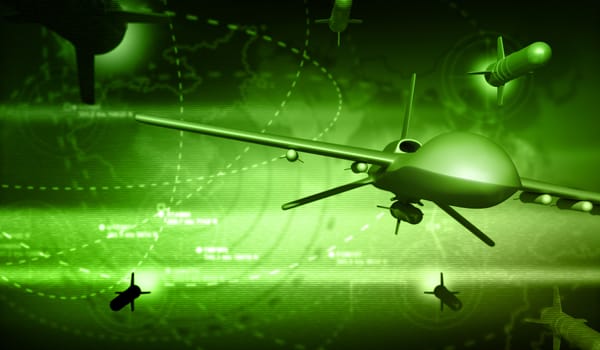
National Defense Strategies
The Future of Defence: Accelerating Transformation in an Era of Ubiquitous Sensing
Deterrence and victory will hinge on software speed, resilient networks, and affordable mass.

Intelligence
Intelligence is evolving from a secret state craft into a global, data-driven ecosystem where insight, not access, defines advantage.
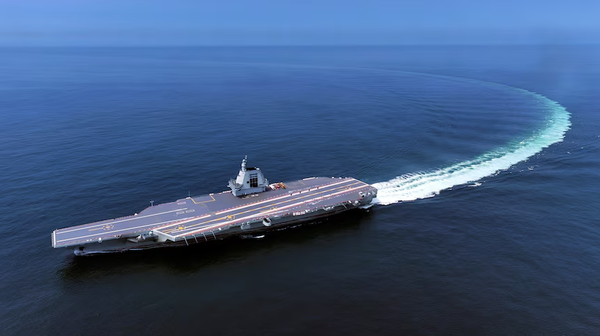
China
China’s new Fujian aircraft carrier signals a bold step toward global naval power, blending technological ambition with strategic intent.

United States
A sharp geopolitical analysis of Netflix’s A House of Dynamite, this piece separates cinematic fiction from nuclear reality—examining U.S. deterrence posture, decision-making structures, and the limits of homeland missile defense in the face of a dramatized nuclear strike.

China
Beijing’s V-Day parade blends hard-power advances with alliance optics and WWII memory—signaling deterrence and a confident, multipolar China.

China
In late August 2025, China’s northern port city of Tianjin transformed into a hub of global diplomacy as President Xi Jinping welcomed over twenty world leaders for a highly anticipated Shanghai Cooperation Organization (SCO) summit

Insights
The high-profile Alaska summit between Trump and Putin ended with no ceasefire or concessions, giving Putin symbolic diplomatic gains while Trump vowed to “keep talking” as allies stressed that Ukraine’s sovereignty remains non-negotiable.
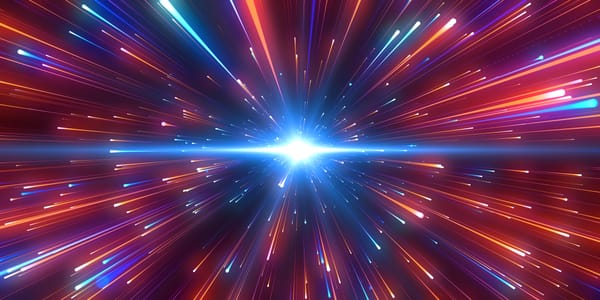
Space
A destabilizing frontier emerges as nuclear weapons in space threaten satellites, global infrastructure, and crisis stability, with the United States, Russia, and China each shaping the risks and responses.

Critical Technology
AI in precision agriculture can revolutionize global food systems, but its full potential will only be realized if access, infrastructure, and governance keep pace with technological advances.
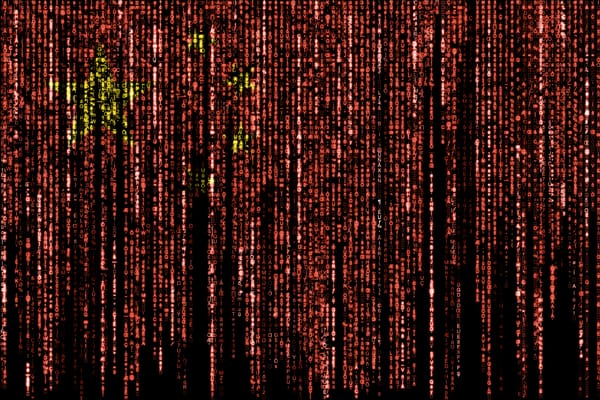
Cybersecurity
An integrated, state-driven cyber enterprise combining global reach, strategic patience, and comprehensive domestic control.
Measuring Capability. Mapping Power.
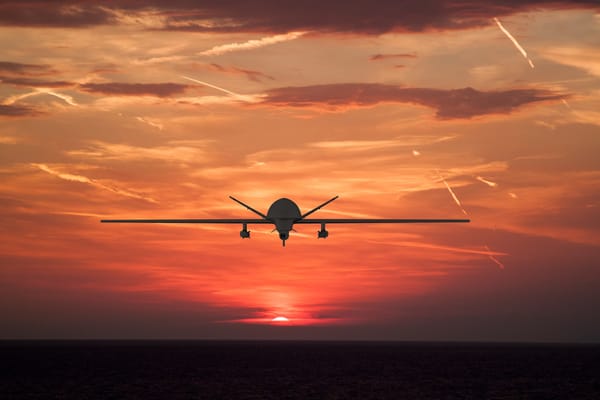
A balanced overview at how the US and China are shaping the future of warfare through competing advances in unmanned systems and counter-drone defences.

Modernising outdated GEO-era spectrum rules is essential to unlock the full potential of low Earth orbit satellites, maintain U.S. space leadership, and counter rising global competition.

Undersea cables, carrying most of the world’s data, face shared security concerns as both China and the U.S. are scrutinized for roles in infrastructure access and alleged cable interception, highlighting the need for international cooperation and transparent protection measures.

DeepSeek’s R1 AI model rivals OpenAI at a fraction of the cost, showcasing China’s rapid innovation gains, raising national security concerns over open-source proliferation, and highlighting how export restrictions can drive efficiency breakthroughs that reshape the global AI race.

India and China cautiously resume selective trade after a five-year freeze, reopening border passes, restoring flights, and negotiating key commodity supplies within a “managed rivalry” framework.

Japan is advancing AI and cyber capabilities through soft-law governance, dual-use innovation, and new active defense measures, positioning them as central pillars of its national strategy.

Bronze Age National Capability Assessments

A cradle of urban civilisation, Sumer fused groundbreaking innovations, economic reach, and cultural influence to shape the foundations of statecraft in the ancient Near East.

Old Kingdom Egypt (c. 2686–2181 BCE) assessment against the Global Institute for National Capability (GINC) National Capability Framework, applying the Emerging National Capability Ratings scale to an ancient context.

In 2025, most major economies have refreshed or are updating their AI strategies, with global leaders driving investment and governance while others focus on capacity, sovereignty, and trust.

The U.S. national AI strategy seeks to secure global leadership by fostering a decentralized, innovation-driven ecosystem that advances R&D, talent, and infrastructure while promoting ethical, competitive, and safe AI in coordination with industry, allies, and states.

Akkad forged the world’s first true empire, uniting Mesopotamia under a centralised monarchy that blended military power, administrative sophistication, and expansive trade networks into a model of Bronze Age imperial dominance.